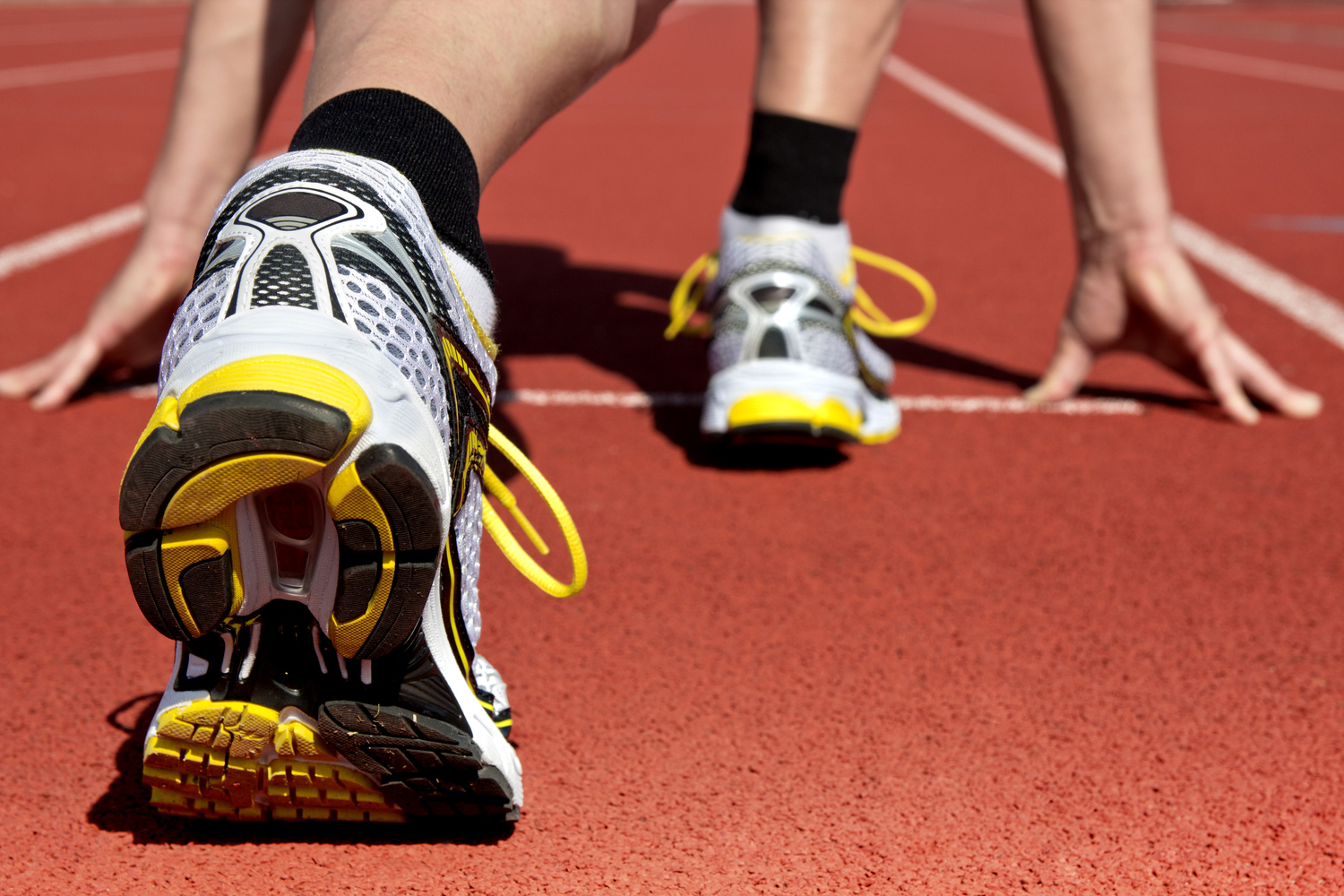Feeling the breeze on your face as you set off into the distance is exhilarating and beneficial for your wellness. You release feel-good endorphins, exercise your muscles, increase your blood circulation, and more. Ultra-runner Nedd Brockmann didn’t just go running for his own benefit; he ran 1,000 miles for charity in what’s now being called ‘Nedd’s uncomfortable challenge.’ Here are the details of what this incredible athlete accomplished.
The challenge for charity

Nedd Brockmann is a young 25-year-old electrician from New South Wales, Australia, who transformed into an extreme-ultrarunner. He decided to run 1,000 miles or 1,609.3km in just 10 consecutive days around a single 400m running track in Sydney Olympic Park. His goal was to raise funds to support Australians dealing with homelessness and to attempt to smash a new world record. The current record for the fastest time for running 1,000 miles is 10 days, 10 hours, 30 minutes, and 36 seconds, accomplished by ultrarunner Yiannis Kouros. Kouros took this title in New York in 1988.
Defeating the odds

Nedd Brockmann’s 2024 challenge commenced on Thursday, October 3rd, and pushed him to his limits. He ate and tried to sleep in a tent at the running track. He also tried to avoid running during the hottest times of the day.
On day 10, Brockmann shared an Instagram post, where he had already soared through about 886 miles or 1,426 km. He powered on through the pain with raw blisters, swollen toes, and feet that ballooned three sizes bigger than normal. He also dealt with tendinitis in part of his right lower leg. By this time, he’d already raised over 1 million Australian dollars or AUD.
How long did it take for Nedd Brockmann to run 1,000 miles?

On Tuesday, October 15th, the large crowd cheered as Nedd Brockmann crossed the finish line in tears in just 12 days, 13 hours, 16 minutes, and 45 seconds. He averaged around 128 km or 79 miles of running per day.
While Brockmann didn’t set a new world record, he conquered an immense challenge, and at this time, he’s raised over 3.4 million Australian dollars for charity and counting. Applying his incredible athleticism and determination to help others is admirable and speaks to Brockmann’s character. We’re sure this isn’t the last we’ll hear about the achievements of this powerful athlete.




